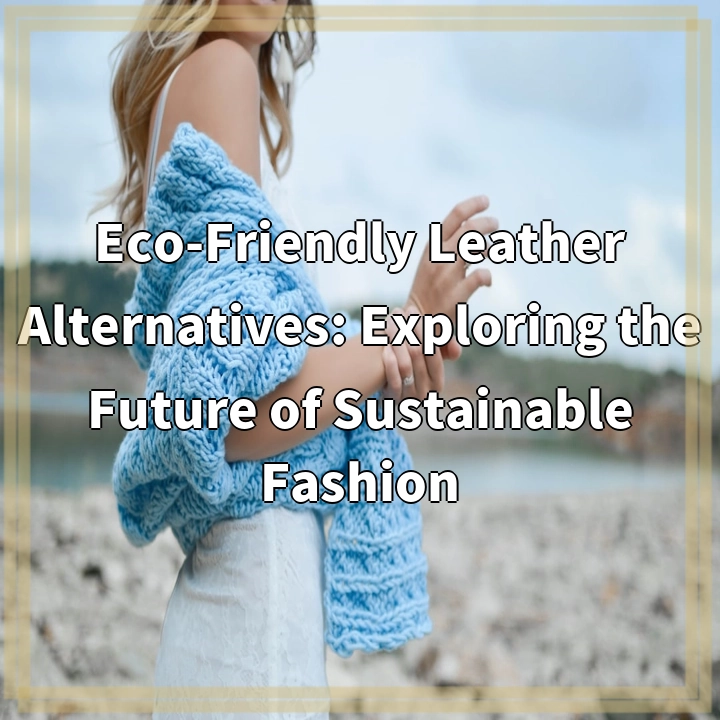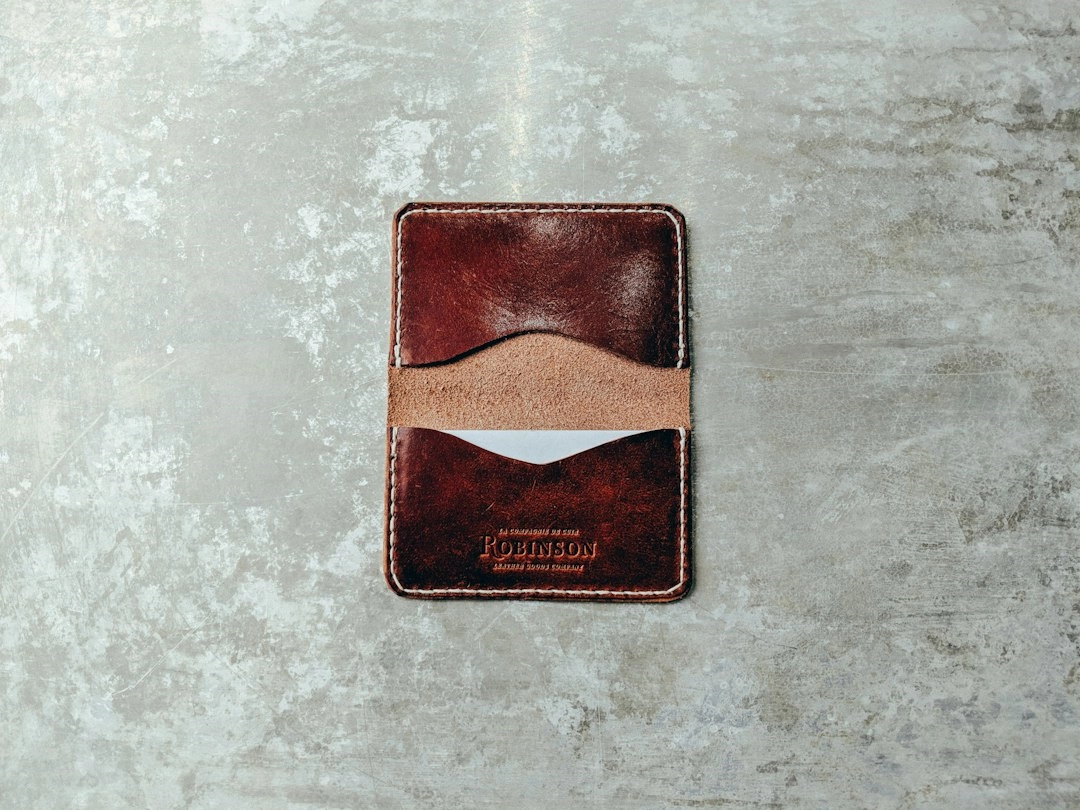
What are Eco-Friendly Leather Alternatives?
Eco-friendly leather alternatives are innovative materials designed to mimic the look, feel, and durability of traditional leather while reducing the environmental impact associated with its production. These alternatives are typically made from sustainable and cruelty-free materials, offering a more ethical and sustainable choice for the fashion industry.
Real-World Problems Associated with Traditional Leather Production
While leather has been a popular choice in the fashion industry for centuries, its production has significant environmental and ethical drawbacks.
Environmental Impact:
Traditional leather production involves the use of highly toxic chemicals, such as chromium salts, during the tanning process. These chemicals often end up contaminating water sources and causing harm to ecosystems. Additionally, the livestock industry, which supplies the leather industry with raw materials, is a major contributor to deforestation, greenhouse gas emissions, and water pollution.
Animal Welfare Concerns:
The production of leather involves the slaughtering of animals such as cows, goats, and sheep. This raises ethical concerns for many people who are opposed to animal exploitation and cruelty.
Resource Intensiveness:
Producing leather requires significant amounts of water, energy, and land. The intensive use of these resources contributes to ecological degradation, scarcity, and a larger ecological footprint for the fashion industry.
Waste Generation:
The leather production process generates substantial amounts of waste, including trimmings, hair, and shavings, which often end up in landfills or are incinerated, creating pollution and contributing to climate change.
High Cost:
Leather is typically an expensive material due to its production process and high demand. This exclusivity can limit accessibility to sustainable fashion choices, making it necessary to explore affordable eco-friendly alternatives.
By addressing these real-world problems, eco-friendly leather alternatives offer a solution-oriented approach to the fashion industry, paving the way for a more sustainable future.

Solutions: Towards a More Sustainable Fashion Future
1. Sustainable Materials:
Eco-friendly leather alternatives offer a range of sustainable materials as substitutes for traditional leather, such as plant-based materials (pineapple leaves, mushrooms), recycled materials, and innovative fabrics. These materials reduce the environmental impact and eliminate the need for animal exploitation.
2. Ethical and Transparent Supply Chains:
Brands and designers are increasingly prioritizing ethical and transparent supply chains. By tracing the origin of materials and ensuring fair labor practices, companies promote sustainability and social responsibility.
3. Technological Innovations:
Advancements in technology and research are driving the development of new eco-friendly leather alternatives. These innovations involve utilizing biotechnology, nanomaterials, and biofabrication techniques to create sustainable and high-performance materials.
4. Waste Reduction and Upcycling:
The fashion industry is exploring ways to reduce waste generation and promote circularity. This includes upcycling leather scraps and using biodegradable or compostable materials to minimize environmental impact.
5. Consumer Education and Demand:
Increasing consumer awareness about the environmental and ethical impact of leather production helps drive demand for eco-friendly alternatives. By choosing sustainable fashion options, consumers can send a strong message to the industry, encouraging more brands to adopt eco-friendly practices.
The adoption of these solutions in the fashion industry can help create a more sustainable future, where eco-friendly leather alternatives play a significant role in reducing environmental impact and animal exploitation.















